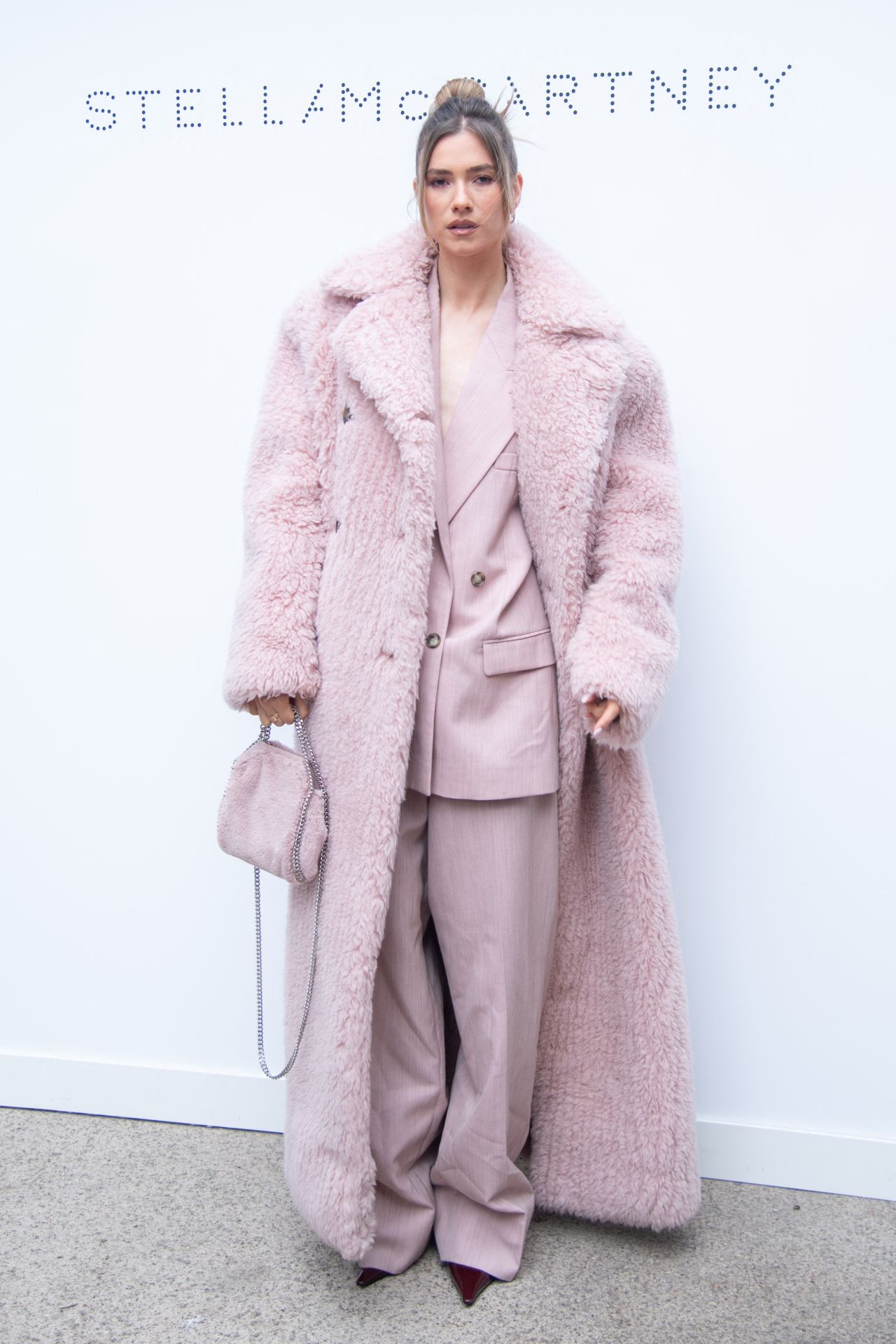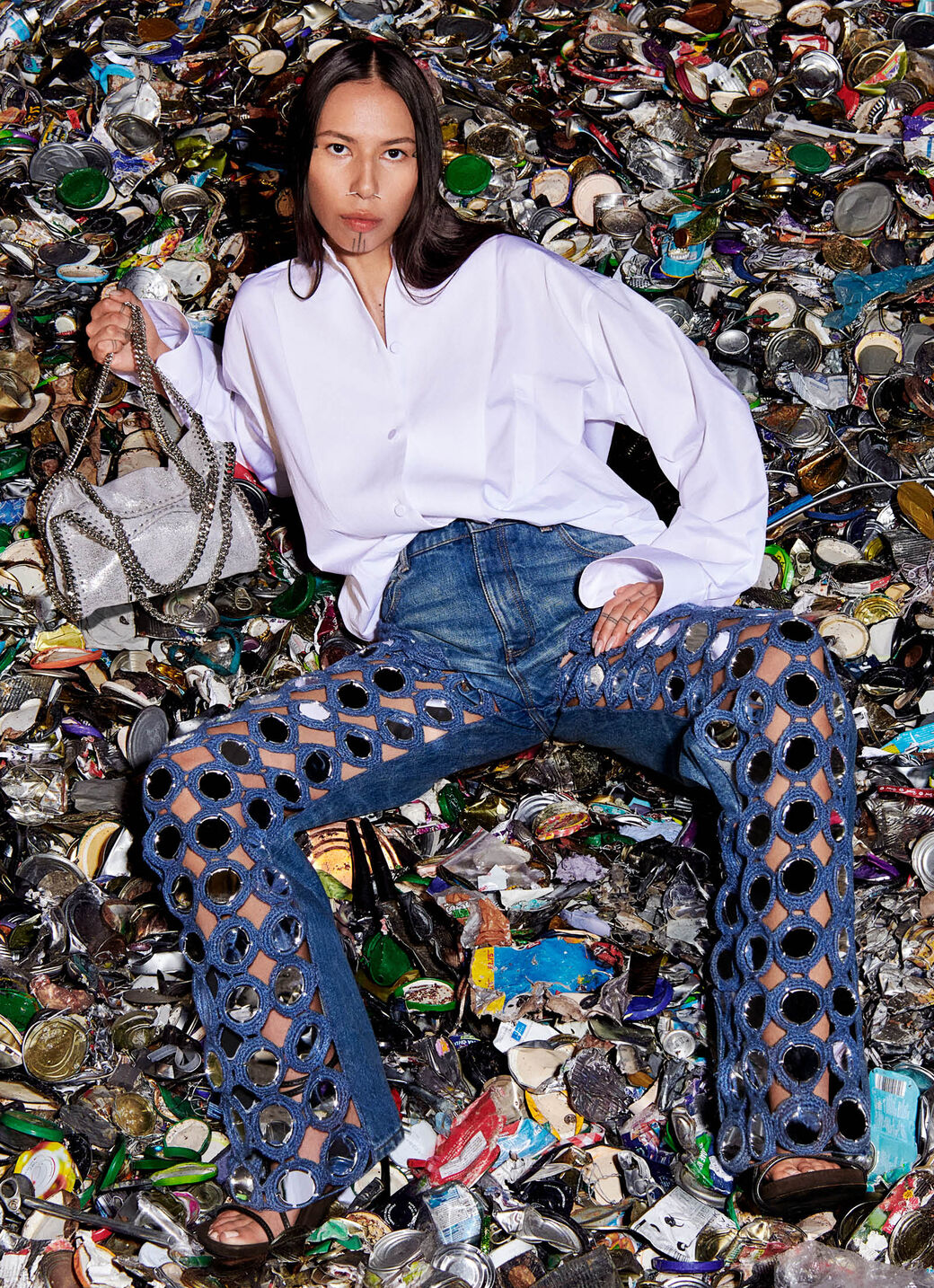Sustainable Sophistication: Inside Stella McCartney’s Cruelty-Free Couture

In the realm of luxury fashion, Stella McCartney stands as a trailblazer who has reshaped the industry's view of sustainability and ethics. Since launching her brand in 2001, McCartney has remained unwavering in her commitment to cruelty-free fashion, revolutionizing what it means to be luxurious in the 21st century. Her dedication to sustainable luxury is evident in everything from material choices to production practices. This article delves into how Stella McCartney is leading the charge for sustainability in luxury fashion.
Foundation Built on Ethics

Stella McCartney's strong ethical foundation is rooted in her upbringing as the daughter of Linda McCartney, an animal rights activist and environmental advocate. This background shaped her firm resolve to build a brand that refuses to use leather, fur, or other animal-derived materials. In an industry historically dominated by these materials, McCartney's decision was groundbreaking.

McCartney’s philosophy challenges the longstanding notion that luxury must come at the cost of environmental degradation or animal cruelty. By staying true to these ethical standards, she has not only set herself apart but has inspired other designers to reevaluate their impact on the planet and the creatures that inhabit it.
Innovative Materials and Sustainable Practices

At the core of Stella McCartney’s brand ethos is her pioneering use of sustainable, innovative materials. She has led the charge in introducing eco-friendly alternatives to traditionally harmful materials, including:
Another staple in her collections is organic cotton, which is farmed without harmful pesticides or fertilizers. This not only supports healthier ecosystems but also safeguards the well-being of cotton farmers and their communities.
McCartney also integrates recycled polyester into her designs, sourcing it from post-consumer plastic bottles. This choice diverts significant waste from landfills while maintaining luxury fashion's chic, high-quality aesthetic.
McCartney has consistently embraced innovation, going beyond traditional materials and seeking new sustainable solutions. Her collaboration with Bolt Threads on Mylo, a leather alternative made from mycelium (mushroom root structures), showcases her drive to find cruelty-free materials that still offer the texture and appearance of traditional leather.
Embracing Circular Fashion

In addition to using sustainable materials, Stella McCartney is an advocate for circular fashion—a movement focused on reducing waste through recycling, upcycling, and promoting longer garment lifecycles. This concept encourages consumers to think beyond fast fashion and disposal culture, opting instead to repair, reuse, or recycle their garments.
The brand’s “Take Back” program allows customers to return old McCartney pieces for recycling or resale, promoting a circular economy that minimizes waste. This initiative aligns with her broader vision of a more responsible fashion industry that values the longevity of garments and reduces the environmental footprint.
Transparency and Ethical Practices
A key pillar of Stella McCartney’s approach to sustainable luxury is her commitment to transparency. The brand openly shares detailed information about its supply chain, manufacturing processes, and environmental impact—offering consumers a clear understanding of how their clothing is made.
McCartney ensures that all of her suppliers and manufacturers adhere to ethical labour practices and environmentally responsible production methods. She maintains a strict set of standards to ensure that her commitment to sustainability is upheld at every step of the process, from sourcing materials to manufacturing.
The Power of Collaboration
Collaborating with other like-minded companies is central to McCartney’s strategy for scaling sustainability. Her partnership with Adidas resulted in a line of performance wear that prioritizes eco-conscious materials, blending style, function, and responsibility. By working with these global brands, McCartney is spreading the message of sustainability beyond her own label, making a significant impact on a larger scale.

Role in Changing Consumer Attitudes
As the luxury market evolves, consumers are increasingly prioritizing ethics and sustainability in their purchasing decisions. Stella McCartney’s influence extends far beyond her designs; she has helped shift the entire industry’s approach to what luxury means in the modern world.
Her work aligns with the growing consumer demand for transparency, responsible production, and meaningful brand values. The rise of conscious consumerism, fueled by a more informed and ethically-minded customer base, has made McCartney’s vision even more relevant today.
Thought Leadership in Sustainability

Stella McCartney has emerged as a global voice in the conversation around sustainable fashion, using her platform to advocate for environmental responsibility. Her speeches at global conferences, interviews, and public statements emphasize the urgent need for the fashion industry to reduce its environmental impact.
She also champions for legislative changes that would encourage broader industry shifts toward sustainability, pushing for more accountability and responsible practices at every level of fashion production.


Comments
Post a Comment